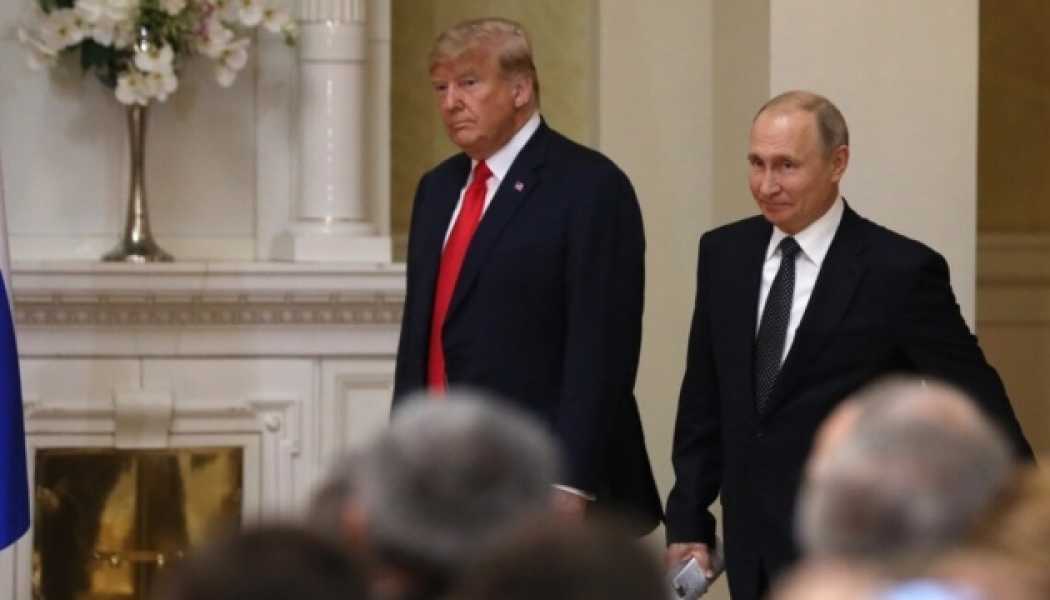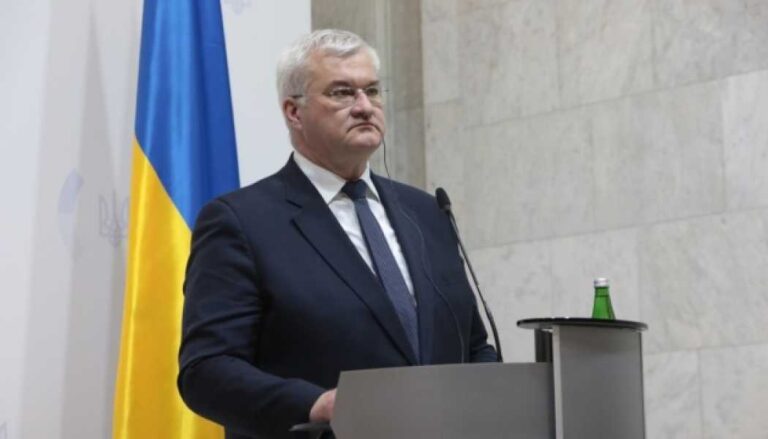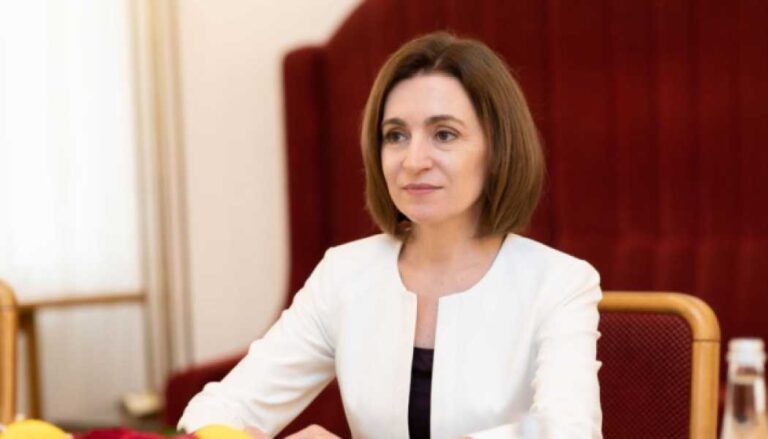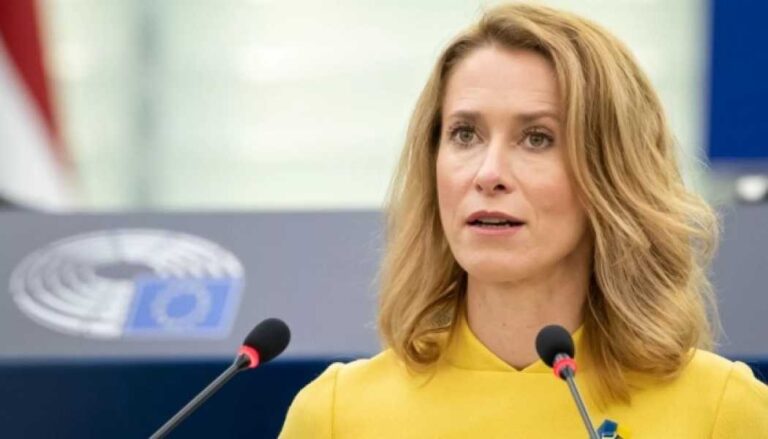Negotiations Radha: Russia is stalling for time, Trump is beginning to “see the light”

The main preliminary conclusion: the conflict continues, the naval truce in the Black Sea and the cessation of attacks on energy facilities remain only on paper.
The meetings between the United States, Ukraine and Russia that took place on March 23-25 in Radha (Saudi Arabia) gave rise to speculation in expert circles about the possibility of at least a temporary 30-day ceasefire. However, these expectations turned out to be far from reality. The final statements of the parties only underscore their fundamental differences, reaffirming that a ceasefire is not yet possible.
Russia has put forward conditions that were not reflected in the Ukrainian-American communiqué (more details at the link), and partial agreements on reducing attacks on energy infrastructure facilities and ensuring the safety of navigation in the Black Sea remain in question, in particular due to the lack of effective mechanisms for monitoring their implementation.
The ambiguity of the results of the talks is also confirmed by the expected (for Ukraine) statement by Donald Trump, who expressed the opinion that, in his opinion, Russia may be delaying the end of the war amid uncertainty regarding the terms of a new ceasefire in the Black Sea.
“I think Russia wants to end this, but maybe they're just stalling,” he told Newsmax on Tuesday, suggesting Russia may be dragging its feet on ending the war amid uncertainty over the terms of a new ceasefire in the Black Sea.
“I think Russia wants to get this over with, but maybe they're just stalling for time,” he told Newsmax on Tuesday.
Should this remark be taken as the beginning of Washington’s rethinking of its position towards Moscow? Perhaps. After all, despite Trump’s desire to demonstrate progress in resolving the conflict, the actual results of the meeting show that Putin is not inclined to make concessions. His strategy is to buy time, preserve room for maneuver, while simultaneously shaping the information field in order to blame Ukraine if necessary.
Formalities without guarantees
The meetings in the Rada did not result in the signing of a single document on the ceasefire. Instead, several statements were made, which often contradict each other, as the psychologist Igor Reiterovich commented.
As for a possible ceasefire in the Black Sea, even the Russian version of the statement is unclear. “It clearly states that the ceasefire will only come into effect after sanctions on Russian agriculture and fertilizer exports are lifted. These conditions have not yet been met, and Ukraine has not recognized them. Therefore, there is no real ceasefire at sea,” the expert explained.
The situation with stopping attacks on energy infrastructure facilities also remains uncertain. There are two lists of facilities: one agreed upon by Russia and the United States, the other by Ukraine and the United States. According to the Ministry of Energy, Kyiv has given the American side a list of facilities in the electric power industry, oil and gas sector, nuclear and coal industries, and energy. At the same time, the list proposed by Moscow does not include oil and gas production facilities – precisely those that have suffered the most from Russian attacks recently.
“The main problem is the lack of verification, monitoring and accountability mechanisms. This means that there is no ceasefire in practice,” Mr. Reiterovich emphasizes. “Moreover, after the announcement of a possible end to attacks, Russia carried out at least eight strikes on Ukrainian energy infrastructure. In response, accusations are being made against Ukraine, although strikes on oil refineries, for example, are difficult to interpret as attacks on energy facilities – these are different things.”
The negotiations resulted in only a protocol of intent, without clearly defined deadlines and obligations. “The document was drawn up very carefully, even by the US: it only stated that the parties would “continue to work” and “discuss further steps.” So now everything depends solely on the goodwill of the negotiating parties – nothing more,” the psychologist adds.
Pitical analyst Yuri Bogdanov comments: if the parties have fundamental disagreements in the final documents and evaluate the results of the negotiations differently, there can be no talk of a real truce.
“The Ukrainian and American documents are similar in content, but the Russian version clearly shows Moscow's reluctance to compromise. It is rather pretending to negotiate. Putin expects the circumstances to change in his favor, so he publicly agrees, but in reality he seeks to blame Ukraine for breaking the agreements and to achieve a relaxation of sanctions pressure,” explains Mr. Bogdanov.
Ukraine must stick to its position: inform the international community of Russia’s crimes, maintain a transparent and fair negotiating process, and emphasize that the key disagreements are caused by Russia’s unacceptable demands. This will allow Ukraine to maintain its reputation as a consistent and responsible player, and also buy time to strengthen its position.
Scientist and expert in the Armed Forces of Ukraine, Kirill Sazonov, believes that little has actually changed for Ukraine.
“As for the safety of navigation in the Black Sea, it's “nothing”. Merchant ships are still sailing, and warships are still banned from going to sea. The triumphant exit of the Russian Black Sea fleet anywhere beyond Novorossk remains a dream,” he notes.
As for stopping attacks on energy infrastructure, the expert adds
Source: ukrinform.net



